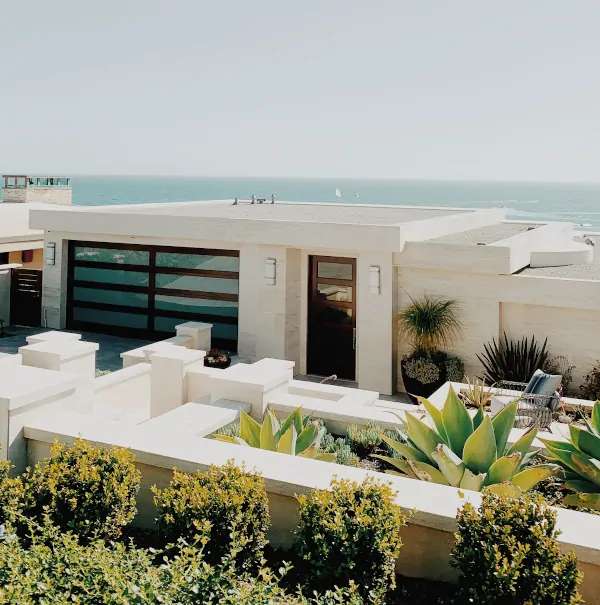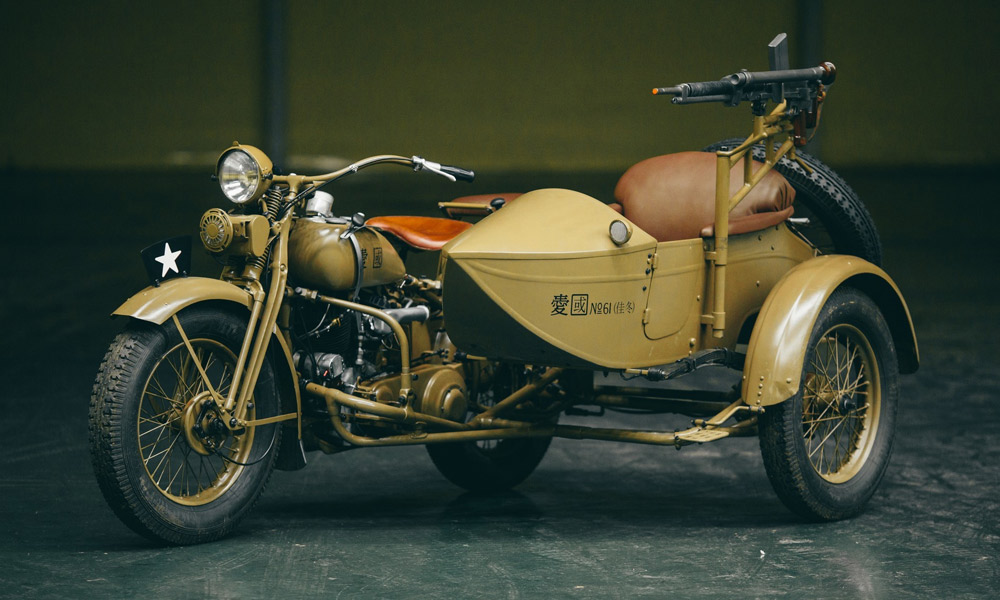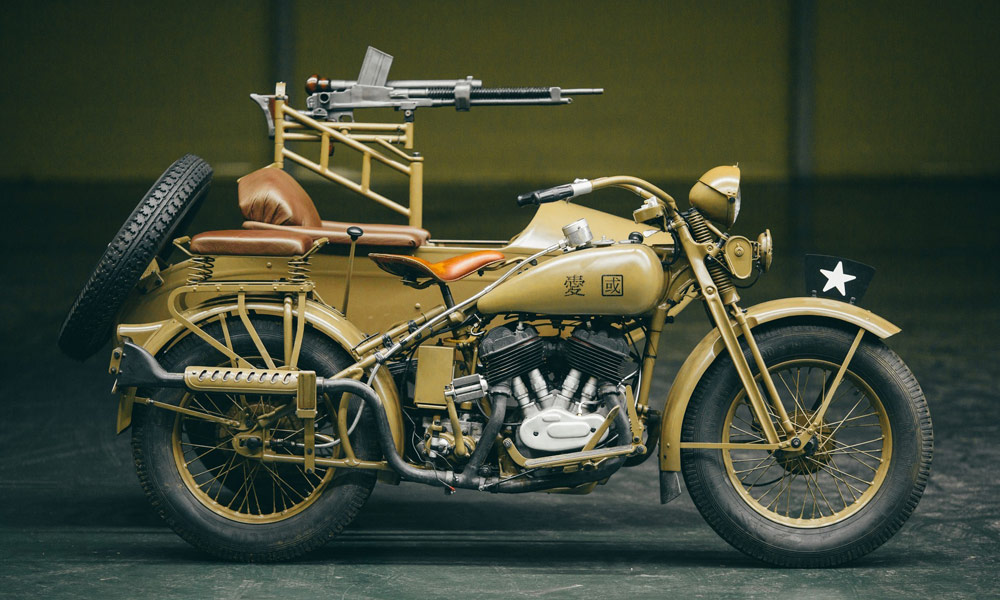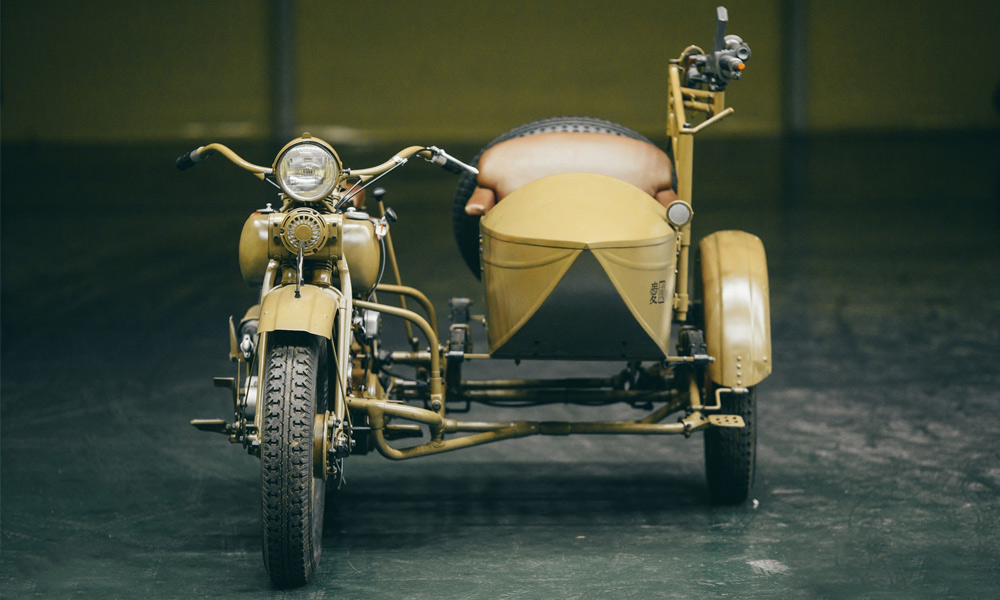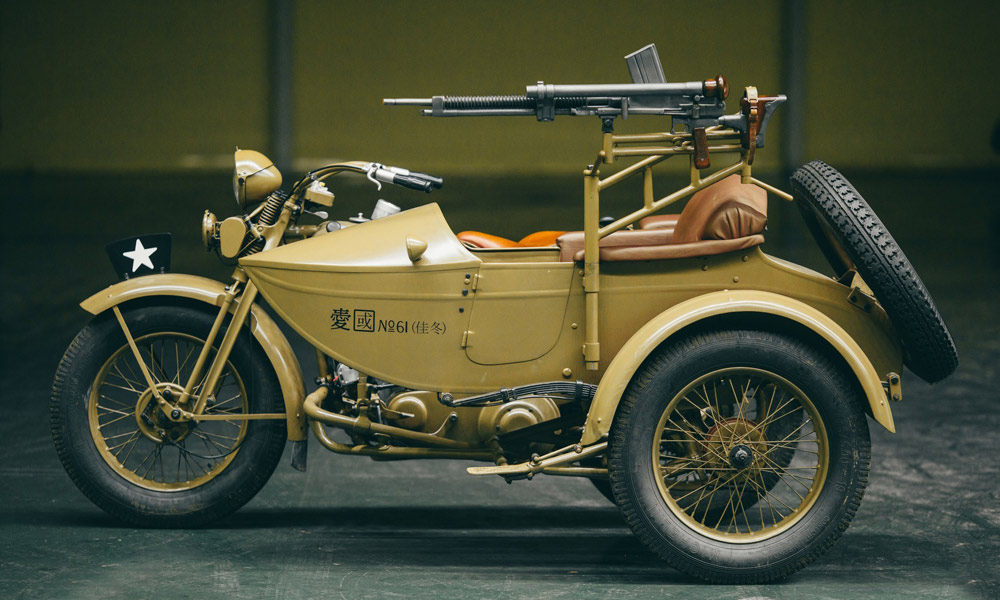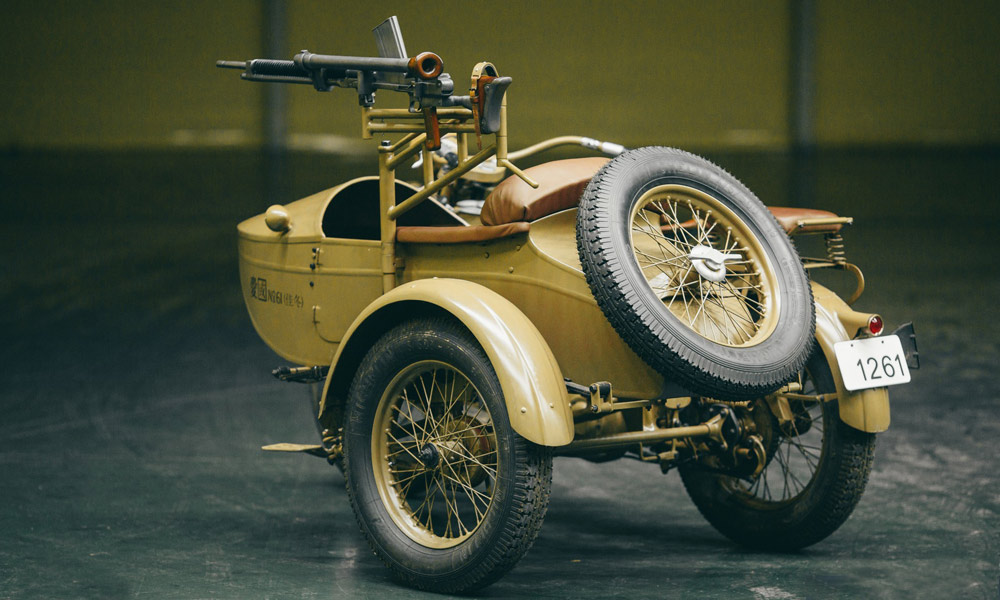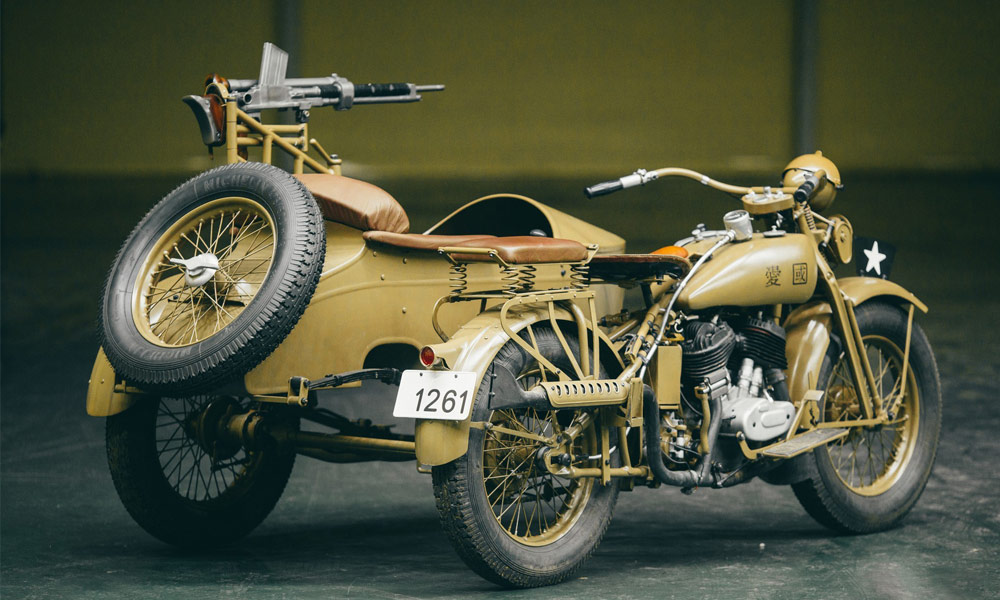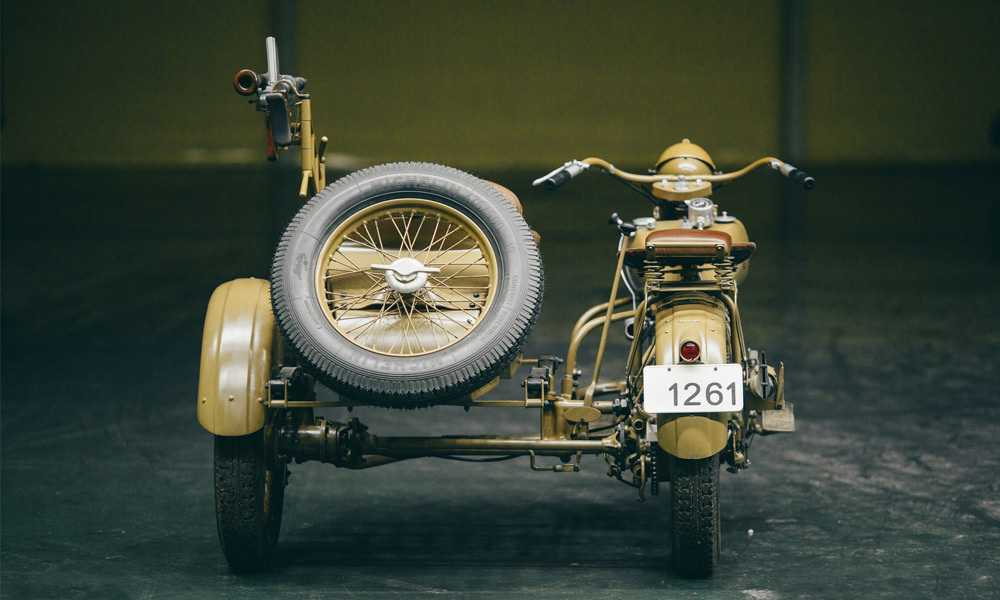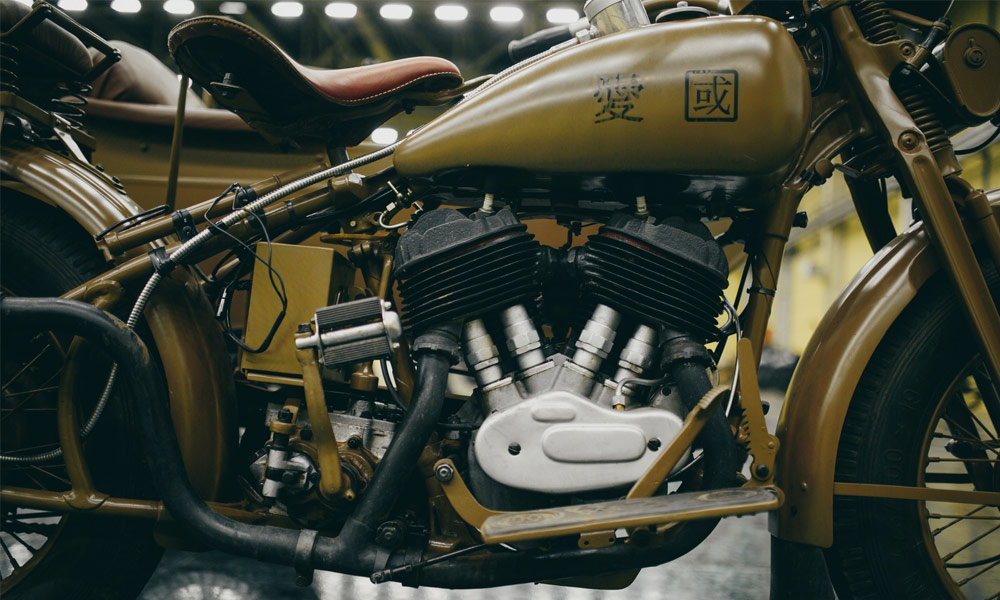One look at the restored Rikuo Type 97 Motorcycle from Japan that you see here is all it’s going to take to fall in love. It’s been impeccably rebuilt to the original condition, down to the mid century modern style armchair seat and the machine gun (presumably non-functional) in the sidecar that’s attached to it. The history behind this bike, and the company as a whole, is every bit as interesting as this stunning example of an original production model. In the early 1930s, one of Japan’s first motorcycle manufacturing companies wasn’t making Rikuo (“King of the Road”) or even Sankyo (their previous moniker) bikes, they were making Harley-Davidsons with Japanese components in a factory that Harley shipped overseas as part of a licensing agreement to help them get out of the Great Depression. The bikes would ultimately go through multiple revisions and changes after the initial Harley license expired, but all them remain rolling pieces of both motoring and military history.
More Transportation

Win a VIP Kindred Motorworks Experience in Napa Valley
Dream trip, dream cars, dream location. Enter now.
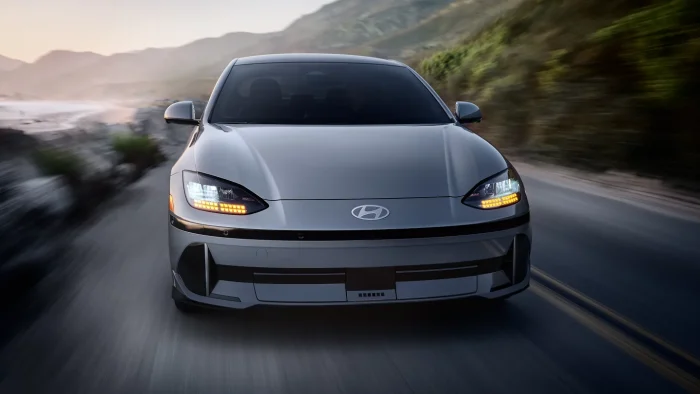
Over Tesla? Try These Model 3 Alternatives
There are several great options for those wanting to drive emission free—without baggage.
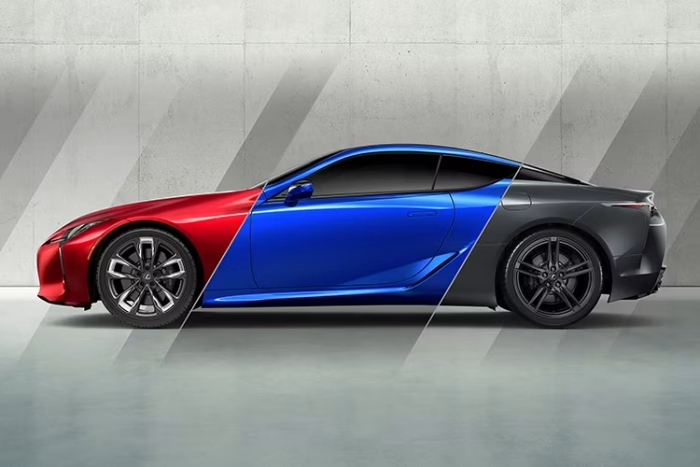
The 6 Best Luxury Hybrid Vehicles for 2025
Premium automakers might be paring back their electric ambitions, but these top-tier hybrids and plug-ins have beauty and efficiency to spare.
